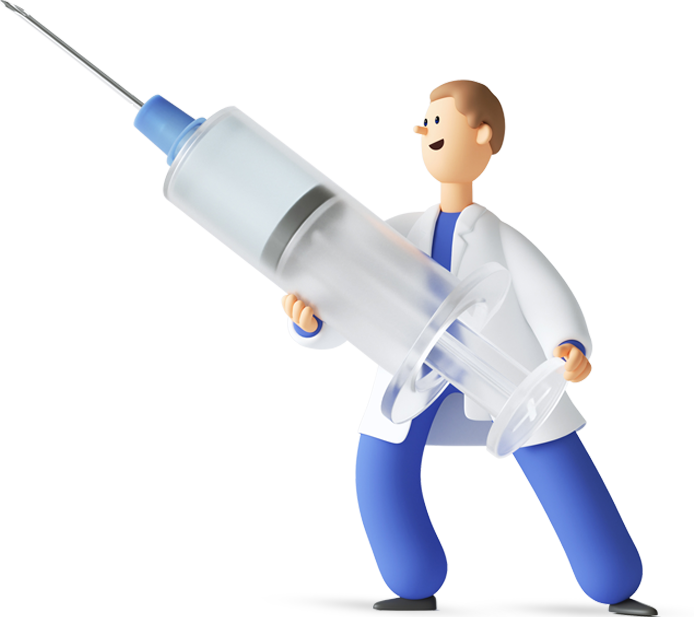Histopathology is a branch of pathology that involves the examination of tissues, organs, and cells to understand the structural and functional changes associated with diseases.
Pathologists, who are medical doctors specializing in pathology, analyze specimens obtained through biopsy or surgical procedures to make diagnoses and guide treatment decisions.
Here are key aspects of histopathology:
**1. Sample Collection:
- Biopsy: A small piece of tissue is removed for examination. Biopsies can be obtained through various procedures, including needle biopsies, endoscopic procedures, or surgical excisions.
- Surgical Resection: In some cases, an entire tumor or organ may be removed for examination.
**2. Tissue Processing:
- Once the tissue is collected, it undergoes a series of steps to prepare it for microscopic examination.
- Tissues are fixed in formalin to preserve their structure, dehydrated, embedded in paraffin wax, and sliced into thin sections.
**3. Microscopic Examination:
- The thin tissue sections are mounted on slides and stained with various dyes to highlight specific structures.
- A pathologist examines the stained tissue sections under a microscope to assess the cellular and structural features.
**4. Diagnosis:
- The pathologist interprets the microscopic findings, identifying normal and abnormal structures.
- A diagnosis is made based on the observed changes, and the information is reported to the referring physician.
**5. Subspecialties:
- Histopathology encompasses various subspecialties, including:
- Surgical Pathology: Diagnosis of diseases based on the examination of surgical specimens.
- Cytopathology: Examination of individual cells, often from fluids or smears.
- Neuropathology: Focuses on diseases of the nervous system.
- Dermatopathology: Specializing in skin diseases.
- Hematopathology: Involves the study of blood and bone marrow disorders.
**6. Molecular Pathology:
- In recent years, molecular techniques have been integrated into histopathology, allowing for the analysis of genetic and molecular alterations in tissues.
Applications:
- Histopathology is widely used in diagnosing and understanding various medical conditions, including cancers, inflammatory diseases, infectious diseases, and metabolic disorders.
- It plays a crucial role in determining the stage and grade of cancers, helping guide treatment decisions.
Histopathology is a cornerstone of modern medicine, providing essential information for clinicians to understand the nature of diseases and tailor appropriate therapeutic approaches. The field continues to evolve with advancements in technology and molecular diagnostics.




